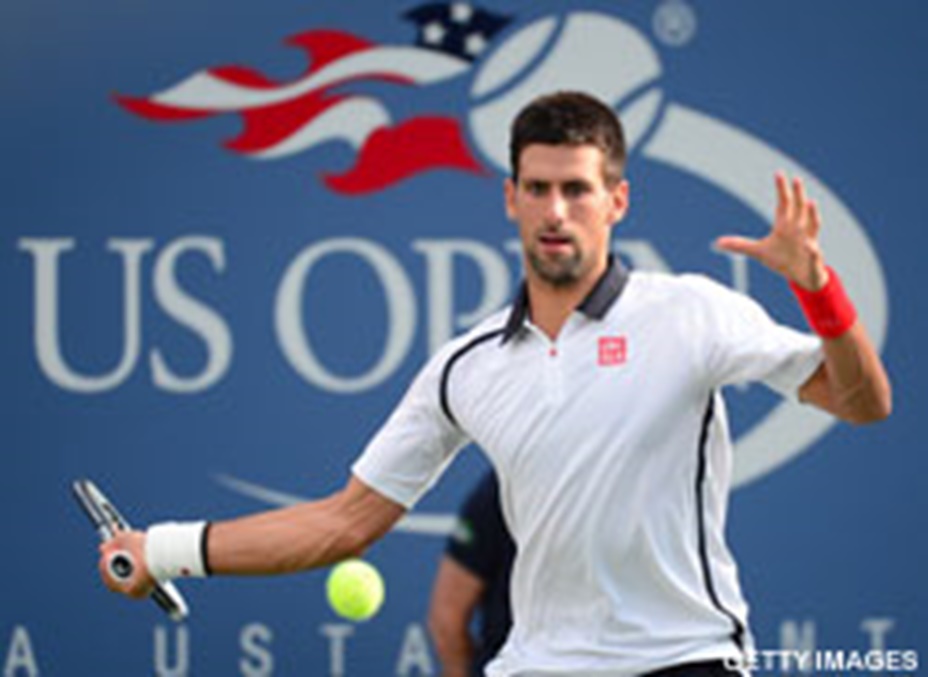The U.S. Open's move yesterday to increase its payout to players and permanently establish a Sunday men's final followed a series of meetings between the USTA and “many of the top players, who for the past year have been pressuring the Grand Slam tournaments over prize money,” according to Lynn Zinser of the N.Y. TIMES. USTA Chair, CEO & President Dave Haggerty said that the allocation of the prize money had “not yet been determined,” but added that the players “had asked for, and were granted, input into that decision.” Haggerty said that the players were “concerned about the lower-ranked players, who can face a financial burden from the costs of a trip to New York and an extended stay in the city.” The increase in prize money “will become the biggest burden” for the USTA, which “vowed it would not increase ticket prices to pay for the boost.” Haggerty said that the tournament “would be looking for new sources of revenue.” The USTA’s revenue for ‘12 was $302M, with $223M “coming from the Open” (N.Y. TIMES, 3/21). The WALL STREET JOURNAL’s Tom Perrotta wrote the USTA “took the unprecedented step” of doubling last year’s prize increase by adding “an additional" $4.1M to the '13 pot. It also “agreed to increase total prize money by another 49% in the years to come, to $50 million by 2017 from $33.6 million this year.” The announcement about later tournaments “is new,” as the Open “usually increases prize money year to year.” USTA Exec Dir & COO Gordon Smith said, “It was important for us to get some long-term stability in this important area because we’ve got some big things to do.” Haggerty said that the agreement “allows the USTA to turn its attention to other major items on its agenda, such as renovating the National Tennis Center in Flushing.” The Open’s contracts with CBS and ESPN were “one lucrative asset not mentioned” yesterday. Even with the schedule changes for the tournament, it “could be in line for a significant bump in TV revenue” (WSJ.com, 3/20).
PLAYERS TAKE UPPER HAND: In Miami, Sandra Harwitt writes the move “can be attributed to a united front by players.” ATPer Novak Djokovic said, “It’s a good response, and it’s a reaction from U.S. Open toward the players’ demands and desires” (MIAMI HERALD, 3/21). SI.com’s Jon Wertheim wrote the prize-money increase “indirectly” is a “result of the lack of U.S. players.” Top players for decades “accepted being paid less than the market rate, especially at their home Slam.” Now when there are “so few top U.S. players, the boycott threats carry more heat.” But the problem “becomes this: How does the USTA cover this new outlay?” (SI.com, 3/20). In London, Neil Harman writes the USTA has “couched” the move “as a triumph, whereas it was a face-saving exercise of the least edifying kind.” The USTA’s “enforced retreat will take some swallowing and the position” of Smith will “come in for rigorous scrutiny.” The situation had “got to the stage where the logistics were being put into place for an ATP event to be staged in New Jersey -- just across the state line from Flushing Meadows -- in direct conflict with the Open.” That event would have offered “huge prize money and ranking points as a slap in the face to the USTA.” It was “not until American officials dug deep to find the extra cash that the prospect of player reprisals was extinguished” (LONDON TIMES, 3/21).
OTHER SLAMS ON NOTICE: In London, Simon Briggs writes the move is a “big shift, and a win for player power.” Now is a “good time to be a tennis player -- as long as you are ranked high enough to play the biggest tournaments.” ATP player council member Eric Butorac said, “The $50 million figure is a big deal for us, because it shows this isn’t just a one-off pay rise to keep us quiet. It also puts pressure on the other grand slams to respond, particularly Wimbledon” (London TELEGRAPH, 3/21). Also in London, Mike Dickson reports Wimbledon and the French Open “will come under new pressure to make stiff increases in prize money.” While the threat of a boycott was “never likely to materialize, the players have been unusually united” and “succeeded in persuading” the USTA to give the players a larger percentage of U.S. Open revenue (London DAILY MAIL, 3/21).




